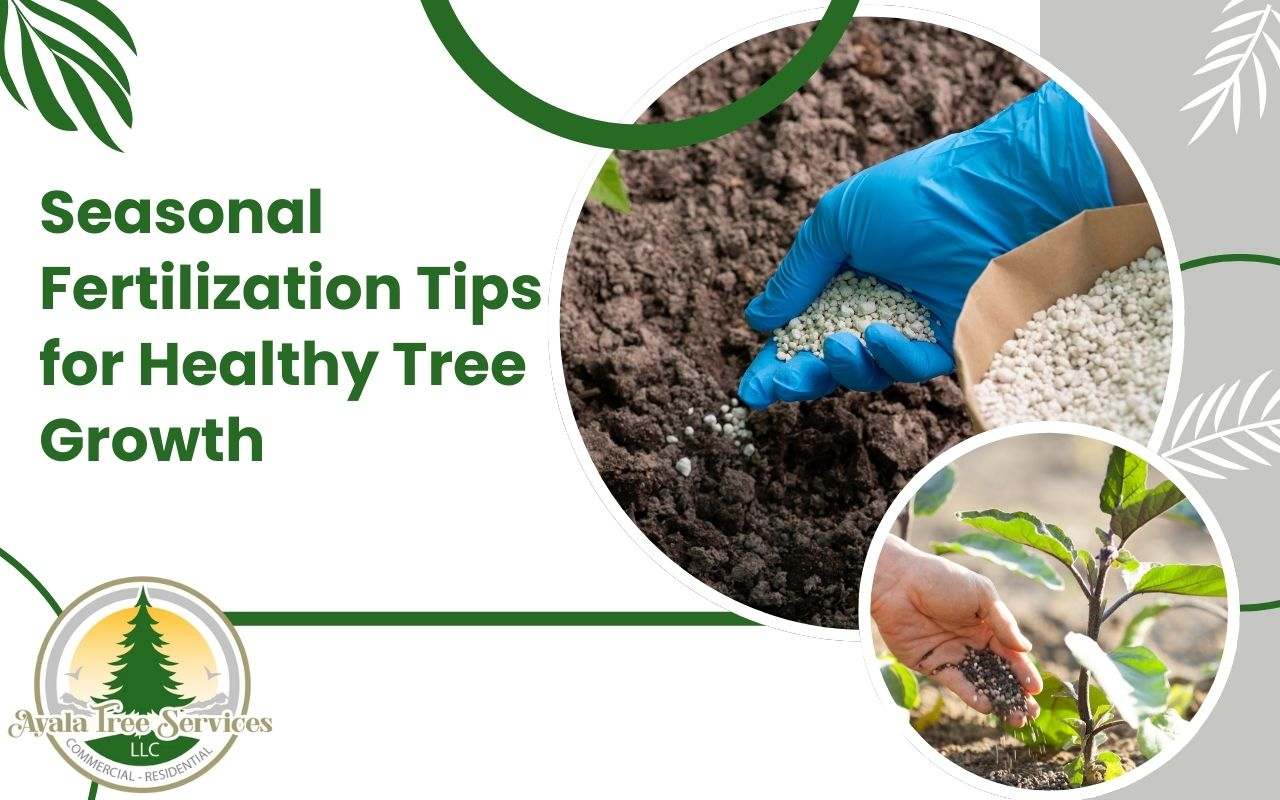
Keeping trees well-nourished year-round is essential to their growth and resilience. These seasonal fertilization tips help ensure your trees get the nutrients they need for each stage of growth, keeping them healthy and vibrant.
Why Seasonal Fertilization Matters for Tree Health
Fertilization provides trees with essential nutrients, helping them grow strong and withstand environmental stress. Different seasons require different nutrients, as trees experience various stages of growth and dormancy throughout the year.
Key Nutrients for Trees
For effective fertilization, it’s important to understand the core nutrients trees need:
- Nitrogen (N): Encourages leaf and branch growth. Often in higher demand during spring and early summer.
- Phosphorus (P): Supports root development and flowering, especially beneficial in early spring.
- Potassium (K): Increases resistance to disease, cold, and drought, helpful during fall preparation.
Using a balanced fertilizer with these nutrients promotes overall health and resilience.
Seasonal Fertilization Schedule
Each season has unique fertilization needs. Here’s a guide to seasonal fertilization for optimal tree growth:
- Spring: As trees emerge from dormancy, apply a nitrogen fertilizer to support new growth. Fertilize in early spring before buds fully open.
- Summer: A light fertilization can help trees maintain strength during the growing season, especially if soil nutrients are low.
- Fall: Apply a fertilizer with higher potassium levels to prepare trees for winter. Potassium strengthens roots and increases cold tolerance.
- Winter: Avoid fertilization as trees are dormant and nutrient absorption is minimal. Focus instead on mulching to protect roots from cold temperatures.
Signs Your Trees Need Fertilization
It’s essential to recognize when your trees may be nutrient-deficient. Here are common signs:
- Yellowing Leaves: A sign of nitrogen deficiency, especially in older leaves.
- Stunted Growth: Slow growth may indicate phosphorus deficiency.
- Weak Branches: Brittle branches can signal a potassium deficiency, making trees more susceptible to disease and breakage.
Best Practices for Fertilizing Trees
To maximize the benefits of fertilization, follow these best practices:
- Test Your Soil: Use a soil test kit to identify nutrient deficiencies before fertilizing. This ensures you only add what your soil lacks.
- Use the Right Amount: Over-fertilization can harm trees. Follow package instructions or consult a professional for proper application rates.
- Apply Fertilizer Evenly: Spread the fertilizer in a circle around the tree’s drip line, where most feeder roots are located. Water thoroughly after applying to help nutrients reach the roots.
Consider Organic Fertilizers
Organic fertilizers, like compost and manure, provide a slow-release source of nutrients, which reduces the risk of over-fertilizing. They also improve soil health over time, encouraging a stronger root system.
Timing and Frequency
While seasonal fertilization is beneficial, trees should generally be fertilized no more than twice a year. A well-balanced application in early spring and late fall meets most trees’ needs.
Support Your Trees with Proper Fertilization—Contact Us!
Seasonal fertilization is key to strong, healthy trees that can withstand environmental stress. Contact us for expert fertilization guidance tailored to your trees’ needs. Together, we’ll keep your landscape beautiful year-round!
